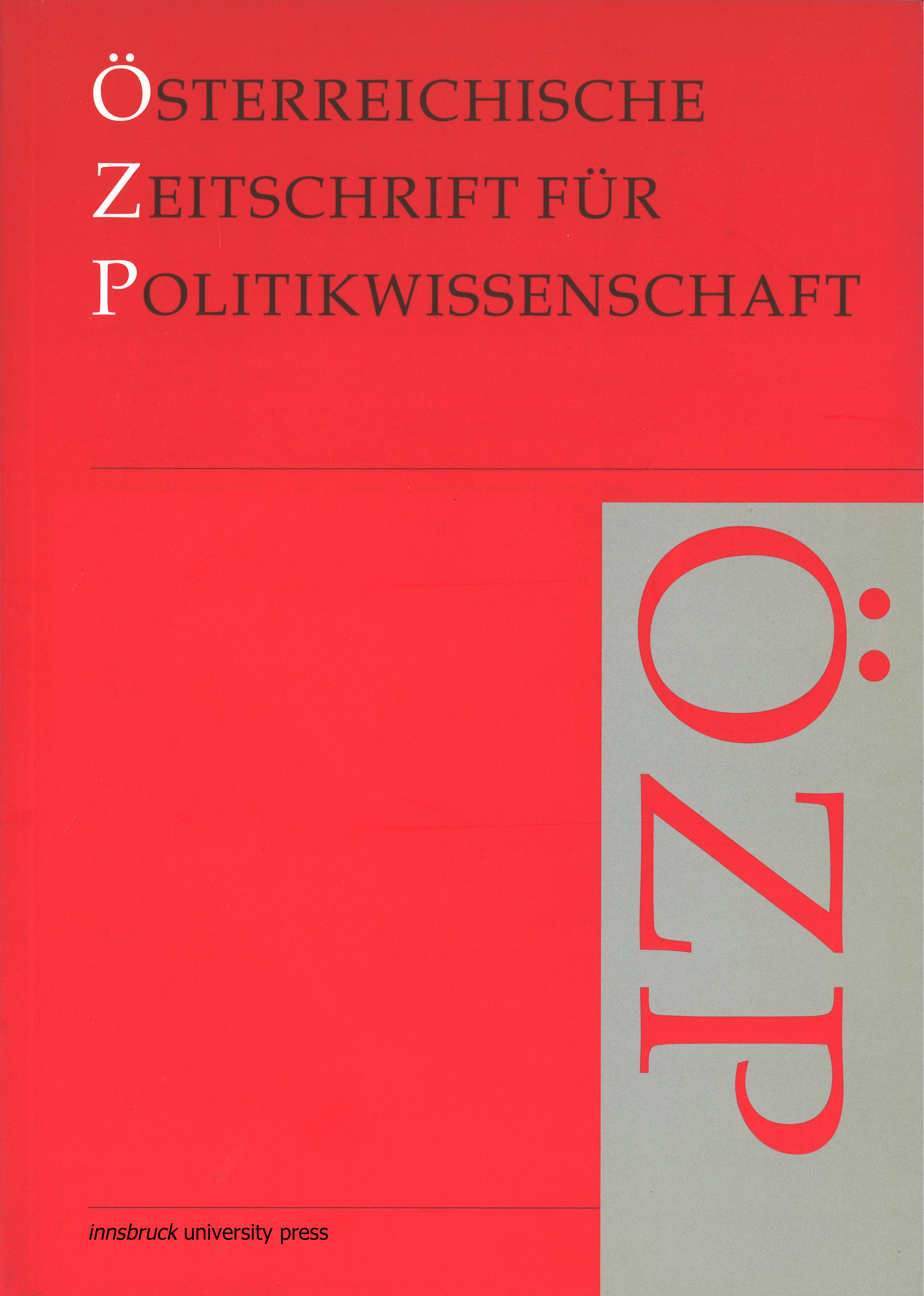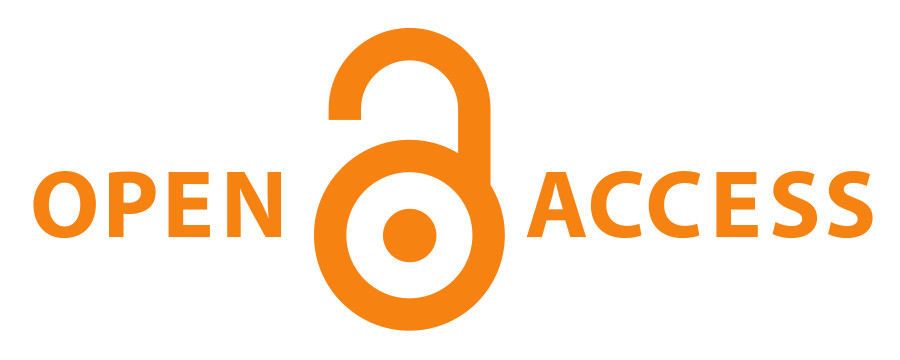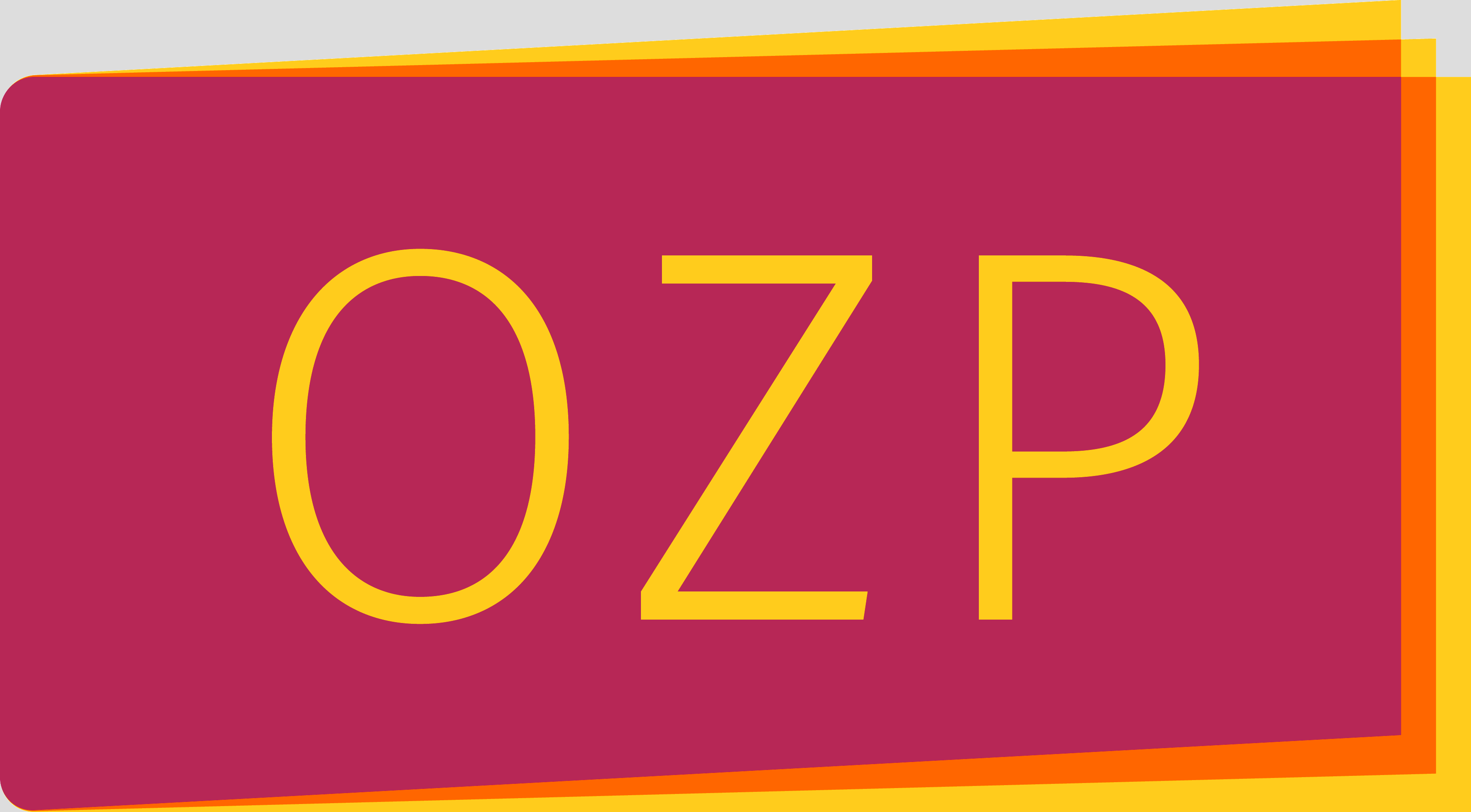Measuring the Impact of SDGs on International Law - A Nucleus of a Right to Peace?
DOI:
https://doi.org/10.15203/ozp.1895.vol47iss1Schlagwörter:
SDGs, right to peace, peacebuilding, statebuilding, resilience, inclusionAbstract
The thesis of this article is to unpack potential impact of the 2030 Agenda for Sustainable Development of the United Nations on international law in the field of peacebuilding, and a right to peace in particular. It is argued that the issues of fragility, human security and resilience as stipulated in the Sustainable Development Goal (SDG) 16 of the Agenda created a valid entry point for steering transition from war to peace in a normative way. In fostering a comprehensive ius post bellum for societal change, this makes crystal-clear that the principle of self-determination functions as a meta-goal of the international order. The 2015 review of UN peacekeeping operations and the UN Security Council’s resolution 2282/2016 regarding sustained peace sharpen this finding in contrast to new geopolitical trends. It can be summarized that peacebuilding and statebuilding strategies are serviced by insights of the new consensus preparing for a rare momentum to move forward a universal right to peace.
Downloads
Veröffentlicht
Ausgabe
Rubrik
Lizenz
The OZP is the authorized publication of the Österreichische Gesellschaft für Politikwissenschaft (ÖGPW, Austrian Political Science Association)
The author of an article (in case of multiple authors: the corresponding author, responsible for releasing this material on behalf of any and all co-authors) accepted to be published in the OZP hereby acknowledges the following Copyright Notice:
- The author retains the copyright to the article.
- It is the responsibility of the author, not of the OZP, to obtain permission to use any previously published and/or copyrighted material.
- Publication of a submitted text is dependent on positive results from the peer reviewing. In such a case, the OZP editors have the right to publish the text.
- In case of publication, the article will be assigned a DOI (digital object identifier) number.
- The author agrees to abide by an open access Creative Commons Attribution (CC BY-SA) license. The license permits any user to download, print out, extract, reuse, archive, and distribute the article under the same license, as long as appropriate credit is given to the author and source.
- The license ensures that the author’s article will be available as widely as possible and that the article can be included in any scientific archive. In order to facilitate distribution, the author agrees that the article, once published, will be submitted to various abstracting, indexing and archiving services as selected by the OZP.
- In addition, the author is encouraged to self-archive the article, once published, with reference to the place of the first publication.
- After the contribution appears in the OZP, it is still possible to publish it elsewhere with reference to the place of the first publication.
- The finished article, if published, will include a correspondence address (both postal and email) of the author.
- If written under the auspices of a grant from one or more funding agencies, such as FWF (Austrian Science Fund), ERC (European Research Council), and Horizon 2020 (EU Framework Programme), an article accepted for publication has to be deposited in an Open Access archive. The OZP’s archiving policy is compliant with these provisions. (In case the article derives on funding from a different source, the author is responsible to check compliance of provisions.)




